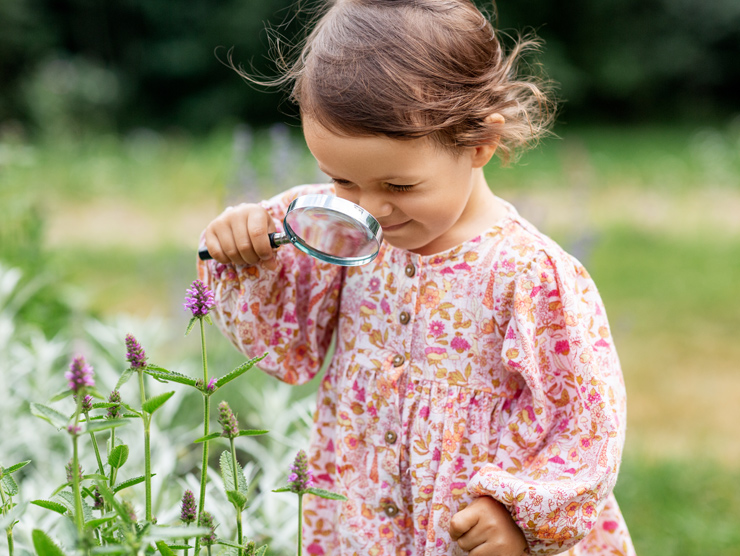Raising a multilingual child is one of the most powerful gifts a family can offer. Beyond the ability to speak more than one language, multilingualism supports cognitive growth, emotional resilience, and cultural connection. Whether you're fluent in multiple languages or just beginning the journey, there are simple, meaningful ways to nurture language development at home.
Why multilingualism matters
Multilingualism is more than just speaking multiple languages—it’s a powerful tool for cognitive, emotional, and social development. Children who grow up bilingual or multilingual often develop stronger neural connections as their brains manage and switch between languages. This enhances memory, attention, and problem-solving skills, laying a strong foundation for lifelong learning.
One of the most remarkable benefits is metacognition, meaning the process of children becoming more aware of their own thinking and learning processes. As they switch between languages, they also build metalinguistic awareness, which helps them understand how language works and how to use it effectively. These skills contribute to greater cognitive flexibility, allowing children to adapt to new situations and challenges much easier.
Multilingualism also supports emotional regulation. As children learn to “turn off” one language and “turn on” another, they strengthen their ability to manage impulses and emotions. And beyond cognitive benefits, speaking multiple languages helps children stay connected to their cultural roots, develop empathy, and thrive in diverse environments.
So, what are the benefits of being multilingual? In addition to cognitive and emotional advantages, multilingual children often show stronger academic performance over time and are better equipped to navigate multicultural settings.
Practical ways to support multilingualism at home
- Speak your home language confidently
Continue using your primary language at home, even if it’s not English. This builds a strong foundation for learning additional languages and reinforces cultural identity. Language shapes how children think, express themselves, and connect with others, especially when that language reflects their home culture. - Label and describe your environment
Point out and name objects around the house or while you’re out. Use both languages when possible to build vocabulary and context supporting how children learn language, through repetition, context, and meaningful interaction. - Engage in open-ended conversations
Ask your child questions that encourage them to think and respond in full sentences. Practice “serve and return” interactions to strengthen language skills. - Read books and tell stories in your home language
Read books to your child in your home language and choose books so children can see the language and themselves reflected in authentic ways. Oral storytelling or listening to audiobooks in your language can be just as powerful. - Be mindful of translation fatigue
Be cautious about asking your child to translate for you frequently. While it may be necessary at times, it can be mentally and emotionally draining for them. - Model curiosity and learning
Show interest in learning new words or phrases yourself. This encourages your child to see language learning as a lifelong, shared journey. Explore community resources, language classes, or online tools together— not only supporting your child but also showing that learning is deeply valued in your family. - Practice patience and empathy
It typically takes 5–7 years to master another language. Celebrate progress and support your child through any challenges. Children build resilience, focus, and adaptability as they navigate multiple languages. - Reach out when needed
If you have concerns about your child’s language development, don’t hesitate to speak with their educator or pediatrician.
Supporting multilingualism at home is one of the most powerful gifts you can give your child. It not only strengthens their brain and academic skills but also helps them grow into confident, culturally connected individuals. Want to learn more about the benefits and research behind multilingualism? Explore our family guide and resources.





